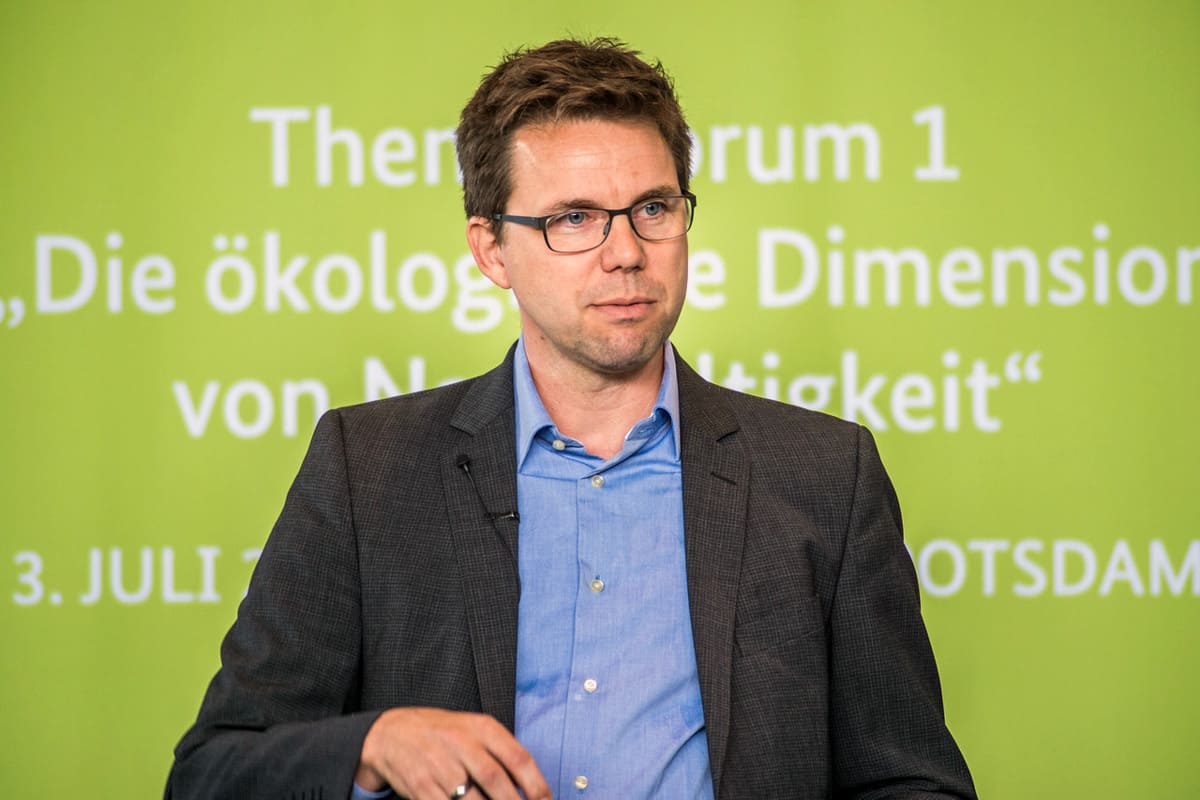LEADERSHIP | TRANSFORMATION MANAGEMENT
Cultural transformation: role and tasks of executive management
From Sabine Walter, Head of netzwerk managementberatung | coaching
Recent years have shown that companies - regardless of size - are much more challenged to change in shorter cycles and sometimes more profoundly. The triggers for these transformations are manifold: new technologies, market changes, shortages of raw materials, shortages of skilled workers, wars, pandemics or changing societal demands.
In order to be able to react more quickly to such triggers and remain competitive in a volatile environment, many companies question their culture and initiate cultural changes. Depending on the size of the company and the existing culture, these transformations sometimes take years. Success depends on a number of factors, including to a large extent the business leaders. They play a key role in cultural transformations. Read this article to find out what tasks are associated with this role.
What constitutes a corporate culture?
The culture of a company is defined by the sum of all behaviors in that organization.
How are people working together? How are decisions brought about, made and communicated? How are decisions implemented? How easy is it to deal with change? How do people lead? How much room is there for creativity and entrepreneurship? Who assumes responsibility? What qualities and achievements are recognized? How are mistakes dealt with; how are they learned from? How are conflicts addressed and resolved? How is communication done? What is said? What is kept secret? All this and much more is culture.
That's why every company has a culture - just not always the one desired.
To develop the desired culture, Managing Directors initiate cultural change to establish new values, behaviors and norms to better address business challenges.
Only few Managing Directors are aware of what this transformation also requires of them.
Cultural transformation: Managing Directors have a key role to play
Even though the transformation of a company can only succeed with everyone, Managing Directors play a key role in this process.
The tasks associated with this role are outlined below.
Corporate culture development
Cultural transformation: tasks of the Managing Directors
Initiation: kick off the transformation
The first task of the MDs is to initiate the cultural transformation by clearly communicating the goal and reason for the change within the organization.
It is not mandatory to say the words "Cultural Transformation". Rather, we recommend using a wording that is understood by everyone.
Here is an example: "We are noticing more and more that the way we work, prevents us for example from adapting quickly to new market conditions. Therefore, together with employees and managers, we would like to review the central aspects of our way of working and, if necessary, redefine them. To do this, we will ...".
You can find more on "Communication in change processes" in our Articles on change communication.
Develop the desired corporate culture
We recommend that the executive management works out the core elements of the desired corporate culture together with managers and employees. This joint process later promotes acceptance of what has been developed.
In family businesses, shareholders can also be actively involved in this goal-setting process. If they are not, it is important that they agree with the result.
Elements of a desired corp cultural are usually: mission statement, values and leadership principles with the behavioral anchors derived from them. It is important that all elements form a coherent overall picture.
Communicate elements of the future corporate culture
Once the core elements of the corporate culture have been defined, it is the duty of management to communicate them. This top-down communication should be supplemented by a multi-level communication concept that includes employees and managers. They can, for example, explain what they understand by the respective values, why they are important and how they live them in the respective teams.
Be a role model
Modeling the desired culture is critical success factor in a cultural change process. The key question is: "As management, are you behaving as defined by the values and leadership principles?"
If the behavior of the Managing Directors is not in line with the defined target culture, not only they but also the target culture will become untrustworthy and the transformation will fail.
Only if the executive management exemplifies the new culture with the corresponding behaviors they can also hold their managers and employees accountable and address inadequate behavior as well as demand change.
In cultural transformations that we accompany, we recommend that business leaders seek out sparring partners who give them honest feedback on their behavior on an ongoing basis. Or we use a "360° feedback process" on a regular basis to find out how well the targeted behaviors are being lived out at top management level.
Give feedback and hold others accountable
If Managing Directors perceive that desired behavior is being violated, it is up to them to address it.
At the same time, they should praise and thus reinforce behavior that is in line with the defined values and leadership principles.
Regular performance measurement
In addition to individual feedback, it is the task of executive management to introduce instruments that enable regular measurement of success. These include "culture checks," "360° feedback," "employee surveys," "employee appraisals" or "supervisor feedback".
All these results provide a good overview of where the organization stands in relation to the desired culture. Furthermore, the results make it possible to derive measures to continue the initiated change process in a targeted manner.
Self-development and empowerment of others
Since a cultural transformation always implies work on the behavior of all people involved, it is important that this development process is accompanied by further training measures. Mentoring, coaching and training programs are proven instruments for which a budget must be planned and made available.
Be consistent
If Managing Directors notice that leaders repeatedly fail to behave in accordance with the values and leadership principles, it is up to them to draw consequences and, if necessary, to reassign leadership roles.
This consequence is central if the transformation is to succeed. However, it will only be accepted if the MDs exemplify the desired behavior.
Review processes, systems and structures
In addition to behavioral changes, the structures of the company must be brought into line with the desired culture. For example, if cooperation is one of the company's values, it is advisable to question the company's target and compensation processes. To what extent do they support or undermine cooperative behavior? Do individual targets and bonuses still make sense, or is it time to introduce a uniform profit-sharing system?
Structure creates culture. It is therefore elementary to align processes, systems and structures with the desired corporate culture. You can read more about this in our interview with Bernd Kratochwille, Head of Corporate Human Resources der BLANC & FISCHER Corporate Services GmbH & Co. KG.
Ensure cultural fit of the strategy
In addition to the structures, it is important that the corporate strategy also fits the corporate culture. If sustainability is part of the cultural framework, it must be reflected in the strategy as well as in concrete measures. Otherwise, both will lack credibility and the cultural change will fail.
Make progress transparent
ince cultural development usually extends over several years, it is elementary to make progress transparent. It is the task of top management to acknowledge successes and progress, but also to make it clear what still needs to change.
You can read which means of communication are suitable for this in the article: "The art of strategic communication“ .
Conclusion
Cultural transformation is a top priority. Time must be scheduled for it.
The large number of tasks makes it clear that Managing Directors are very challenged when it comes to further developing the corporate culture. This implies that all the change-related tasks also take up a lot of time in the managing directors' daily schedule. This time must be planned for.
Because: Culture does not change along the way, and cultural change is not the task of external consultants. Cultural change is the result of many behavioral changes by all members of an organization, exemplified by the managing directors and supported by appropriate structures, processes and systems. Initiating cultural change, setting an example and ensuring that it is firmly anchored is a top management's job.



